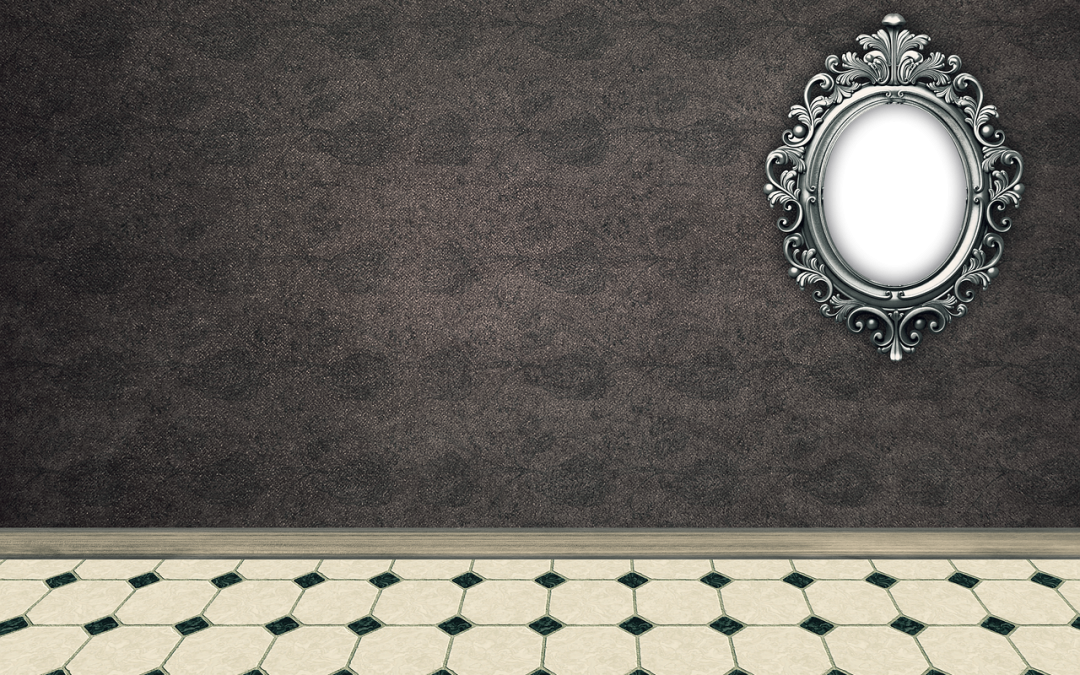You can keep your tile floors looking brand new if you use a gentle hand and some clever cleaning tips and techniques that are tried and tested.
Below are some pointers on how to best clean tile floors:
CLEANING TILE
Your bathroom or kitchen are not completely clean until the floors are been scrubbed. This is not a task you will undertake every single time but once you start to see the formation of grime or dirt floors need scrubbing play. Dirty grout or a hazy film are both short shot signs that your floors need a thorough deep cleaning.
This type of tile requires a certain technique to achieve maximum cleanliness. Every material comes with recommended cleaners and certain types of mops so make sure you are implementing the recommended materials and techniques prior to undertaking this task. Visit https://floorcleaningtools.com/ if you need help selecting the right tools for the job.
Porcelain and ceramic floors require very little maintenance whereas more course tiles require specialized care and specific types of cleaners. You must be familiar with the type of tile you have before you undertake the responsibility to begin cleaning.
CERAMIC AND PORCELAIN TILE FLOORS
These floors are extremely durable and a few basic tips will keep these floors sparkling. The first step is to remove any loose debris by sweeping or vacuuming your tile floor. Look out for sand and grit because they can dull these services. Next clean these types of tiles with clean water and a rag as well as with a mild detergent. You should avoid using a sponge mop and opt for a chamois-style mop instead when cleaning these types of floors. Change the water often because if you do not that dirty water will cloud the surface. Look for discoloration while cleaning and use the appropriate cleansing agent to remove those stains based upon what caused the staining. Soap residue also is a concern because it gives a hazy appearance. And all purpose non-abrasive cleaner will do the trick here, but you may also use a mild acid such as lemon juice on these types of tiles. Finally, dry the tiles and do not let them air dry. Use a cloth that is lint free and clean right after you wash them to dry them.
STONE TILE FLOORS
You should pay extra attention when cleaning these types of floors because there are chemicals in traditional style cleaners that can possibly damage the surface of these tiles. You must make use of cleaners that are made specifically for this type of tile when cleaning. For slate, use a mild detergent but it must not contain any acidic properties. If you have slate tile that is coated, dry it right away using a soft towel. Marble tile requires a lot of maintenance and you should not use any cleaner with a high PH level. Steer clear of any item that could possibly scratch the marble – brushes that contain tough bristles and scouring powders are among the items you should not use on this surface. As for granite tile only use cleaners with a mild pH neutral level.
RESILIENT TILE FLOORS
This is a great surface if you want something that requires minimal maintenance and is easy on your feet. For vinyl, sweep or vacuum the debris then use a mop to finish the surface. Do not use abrasive cleaners or abrasive scrubbing tools because it may cause scratches. On linoleum, first sweep or vacuum then wash the tile with specific floor cleaning solutions that are intended for linoleum. You can wax after you clean to protect the surface. Do not use abrasive cleaners or abrasive scrubbing tools because it may cause scratches. On linoleum, first sweep or vacuum then wash the tile with specific floor cleaning solutions that are intended for linoleum. You can wax after you clean to protect the surface. On cork surfaces, methods will vary but using mild detergent water or white vinegar as opposed to rinsing is normally the way to go.
No matter your choice, tile flooring provides an outstanding look to the home and comes with varying degrees of complexity when it comes to maintenance. Choose wisely and make sure that you are cut out for the task of cleaning and maintaining your tile floor before installing your chosen surface.





